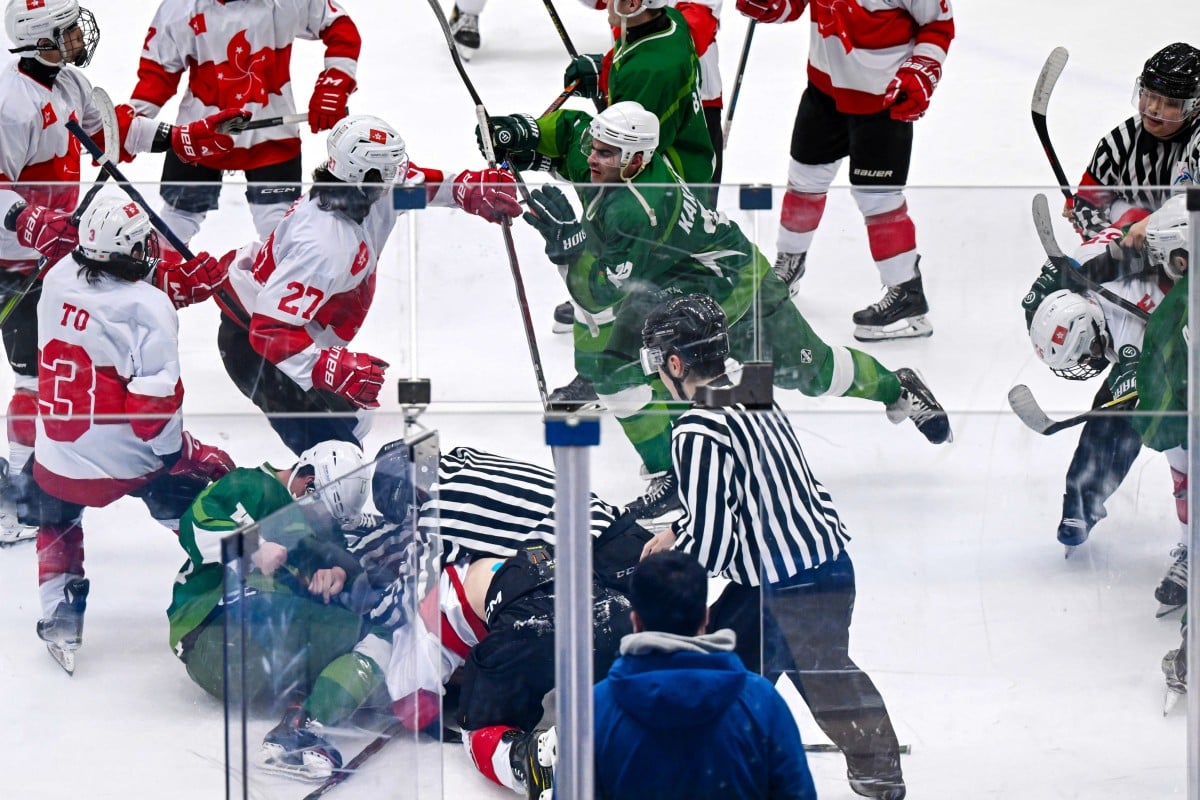
The recent altercation at the Asian Winter Games, where Hong Kong’s ice hockey team was physically attacked by Turkmenistan players, has sparked outrage and raised urgent questions about athlete safety and liability. For sports teams, event organizers, and even amateur leagues in Hong Kong, this incident is a stark reminder of the unpredictable risks in competitive sports. Here’s what you need to know about liability, insurance gaps, and how to protect athletes and organizations moving forward.
The Incident: A Wake-Up Call for Sports Liability
During a post-game handshake, Turkmenistan players violently assaulted Hong Kong athletes, leaving several with injuries requiring medical assessment. The Sports Federation & Olympic Committee of Hong Kong (SF&OC) condemned the attack and demanded disciplinary action. Beyond the immediate physical harm, the incident highlights critical risks:
- Medical Costs: Unexpected injuries requiring hospitalization or long-term care.
- Legal Liability: Potential lawsuits if athletes retaliate or organizers fail to ensure safety.
- Reputational Damage: Negative publicity for teams, sponsors, or hosting cities.
Key Liability Risks Exposed
1. Injuries Caused by Opponents or Third Parties
The attack underscores how even non-contact sports can escalate into physical confrontations. Standard accident insurance often excludes injuries from “intentional acts” or violence, leaving athletes and teams exposed.
2. Event Organizer Liability
Did the tournament’s security measures fail? Organizers could face lawsuits if negligence is proven (e.g., inadequate security personnel or protocols).
3. Travel Risks for Athletes
Hong Kong’s team was competing abroad in Harbin, China. Travel insurance rarely covers sports-related injuries or emergency evacuations.
4. Long-Term Consequences
Injuries from such incidents might lead to chronic pain, mental health struggles, or career-ending disabilities—costs rarely covered by basic plans.
Insurance Solutions to Mitigate Risks
Here’s how specialized insurance can protect athletes, teams, and organizers:
| Risk | Insurance Solution | What It Covers |
|---|---|---|
| Opponent-Caused Injuries | Sports Liability Insurance | Medical bills, legal fees, and compensation. |
| Event Organizer Negligence | Public Liability Insurance | Claims from injured participants or spectators. |
| Travel Emergencies | Athlete-Specific Travel Insurance | Medical evacuation, repatriation, sports injuries abroad. |
| Career-Ending Injuries | Disability/Income Protection Insurance | Monthly payouts if an athlete can’t compete. |
Lessons for Hong Kong’s Sports Community
For Teams & Athletes:
- Review existing policies: Ensure coverage includes intentional acts, mental health support, and overseas incidents.
- Demand event insurance clauses: Require organizers to carry liability coverage before participating.
For Event Organizers:
- Prioritize security protocols: Hire trained personnel and implement conflict resolution measures.
- Secure crisis management insurance: Covers PR costs, legal disputes, and event cancellations post-incident.
For Amateur Leagues:
- Mandate personal accident coverage: Even casual leagues risk fractures, concussions, or disputes.
The Role of Brokers in Post-Incident Recovery
After an incident like the Harbin attack, brokers can:
- Fast-track claims: Ensure injured athletes receive timely payouts for medical bills.
- Negotiate with insurers: Advocate for coverage of “gray area” claims (e.g., injuries from violence).
- Update policies: Add riders for mental health support or violence-related injuries.
2023-2024 Trends in Sports Insurance
- Rising Demand for Mental Health Coverage: Post-incident trauma support is now a priority.
- Hybrid Policies: Bundling travel, liability, and disability coverage into single plans.
- E-Sports Inclusion: Even virtual competitions require liability safeguards.
CTA:
Don’t wait for the next incident to expose your gaps. Contact us for a free review of your sports insurance coverage. We’ll help you defend your team’s future—on and off the ice.












